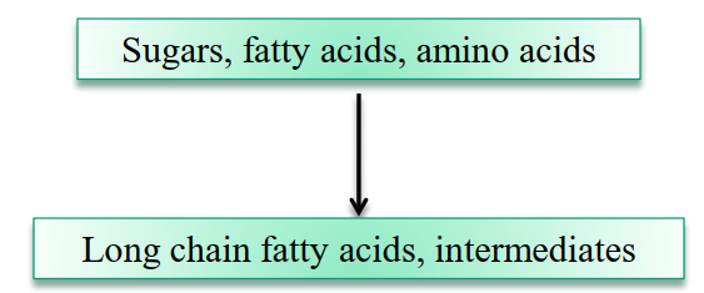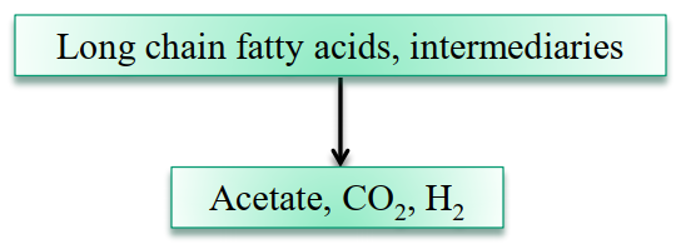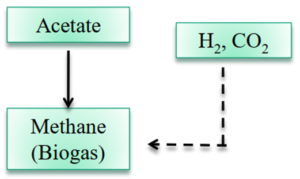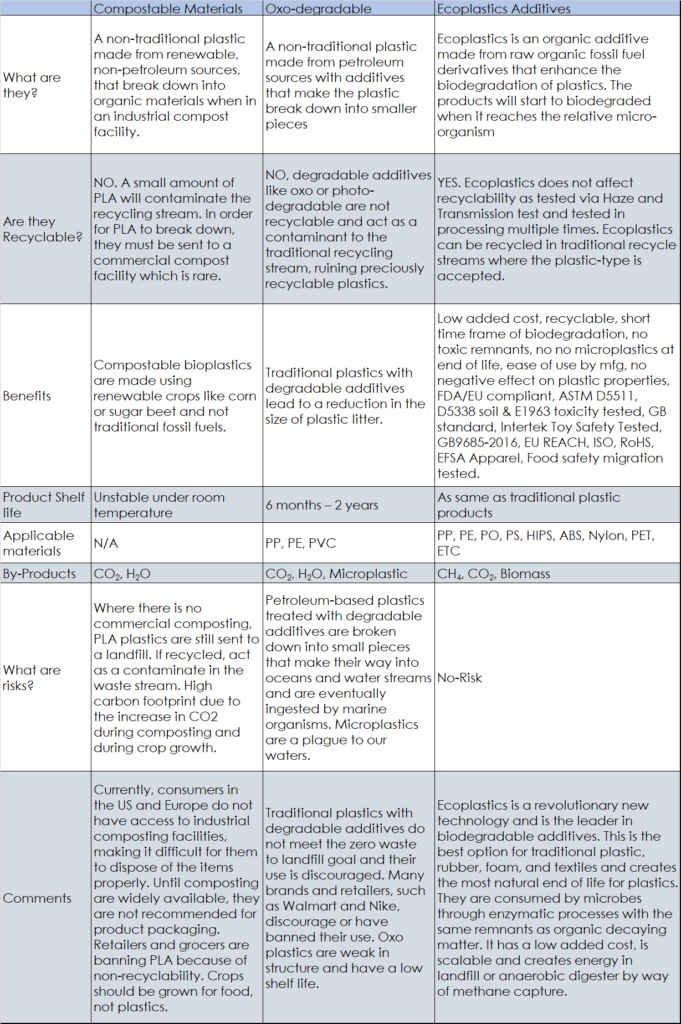Anaerobic Biodegradation – Enzymatic reaction, where the substrate is digested by biological activity.
- Microbial degradation of the product under anaerobic conditions
- Naturally occurring process
- Occurs in swamps, hydro soils, anaerobic digestors, bio-active landfills
- It involved four stages
1. Hydrolysis
- Break polymer down into monomeric compounds, fatty acid amino acid, and sugar
- Allows cell to assimilate materials
- Performed by Bacteria, Fungi, and Protists
- Some bacteria produce cellular scaffolding to attach a cell to the substrate

2. Acidogenesis
- Monomeric products hydrolysis are fermented into fatty acids, intermediates
- Performed by acidogens
- Unbalance acidogenesis can cause acidification
- Many different types of Fatty acids produced

3. Acetogenesis
- Acetate production is critical to Anaerobic Digestion
- Immediate precursor for majority of methane production
- Some acetate is produced through the direct fermentation
- Two groups of acetogens, OHPA and Homoacetogens. They responsible for produce acetate, CO2 and H2 from fatty acids and convert CO2 and H2 to acetate through anaerobic respiration

4. Methanogenesis
- Methanogens produce methane gas from acetate or H2 and CO2
- 2/3 methane gas produced is derived from acetate

Comparison of different biodegradation methods


